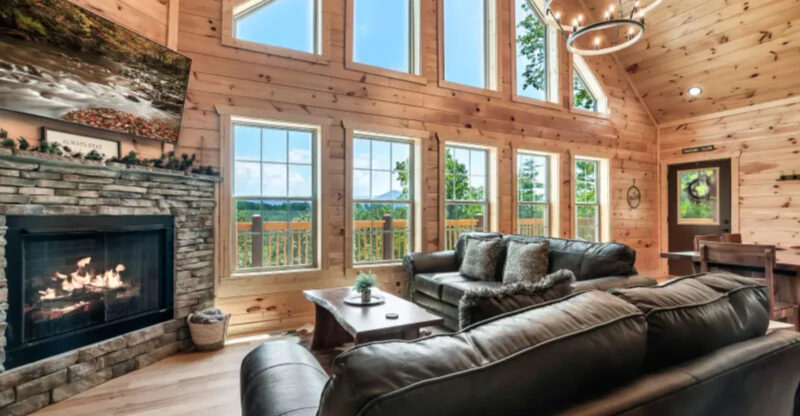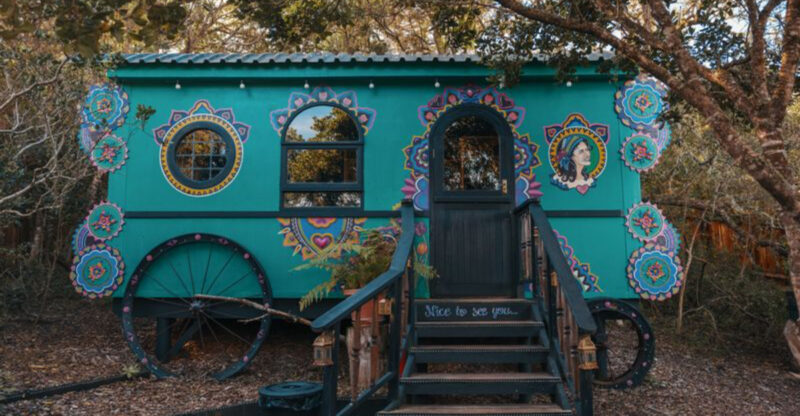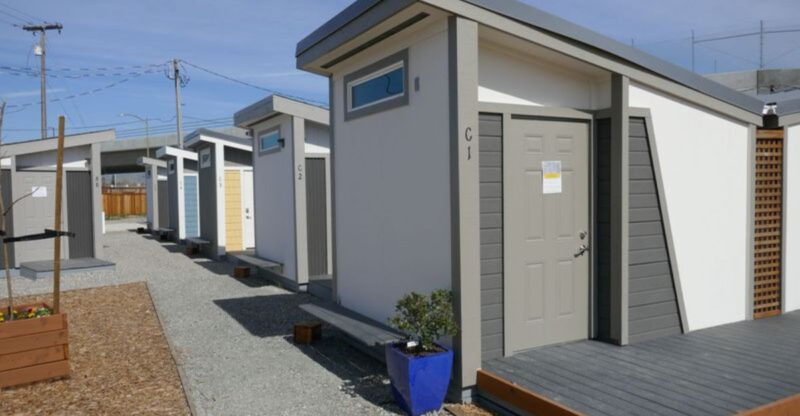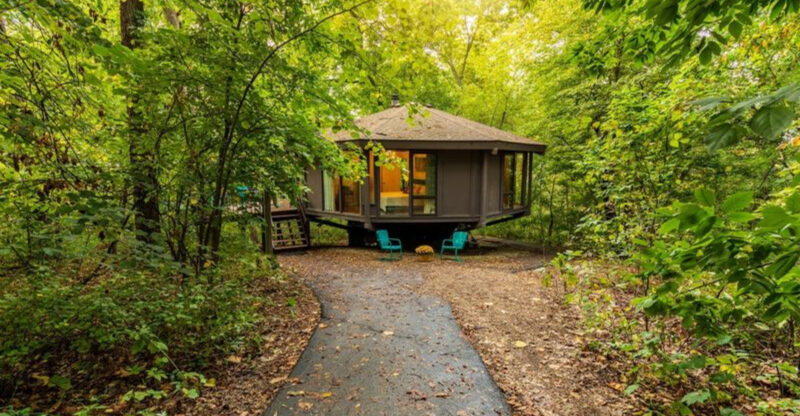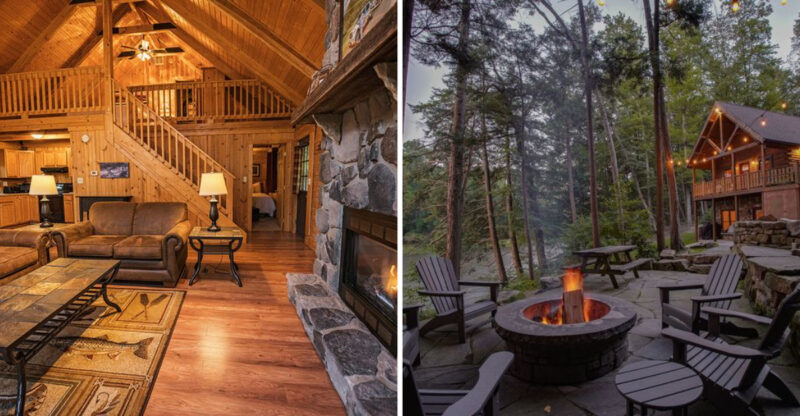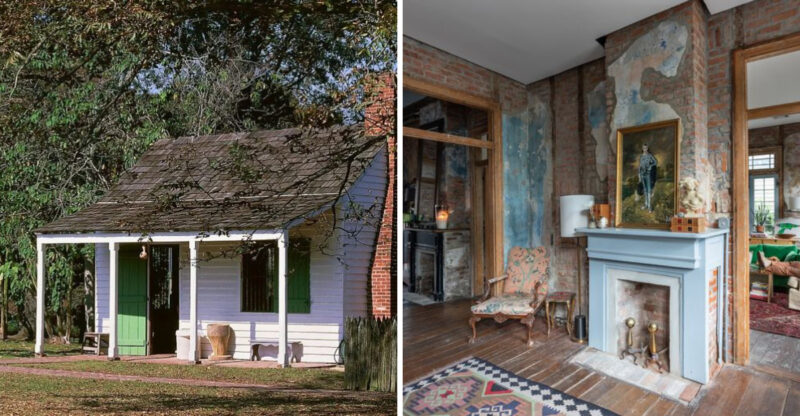11 Portable Home Designs That May Support A More Sustainable Lifestyle
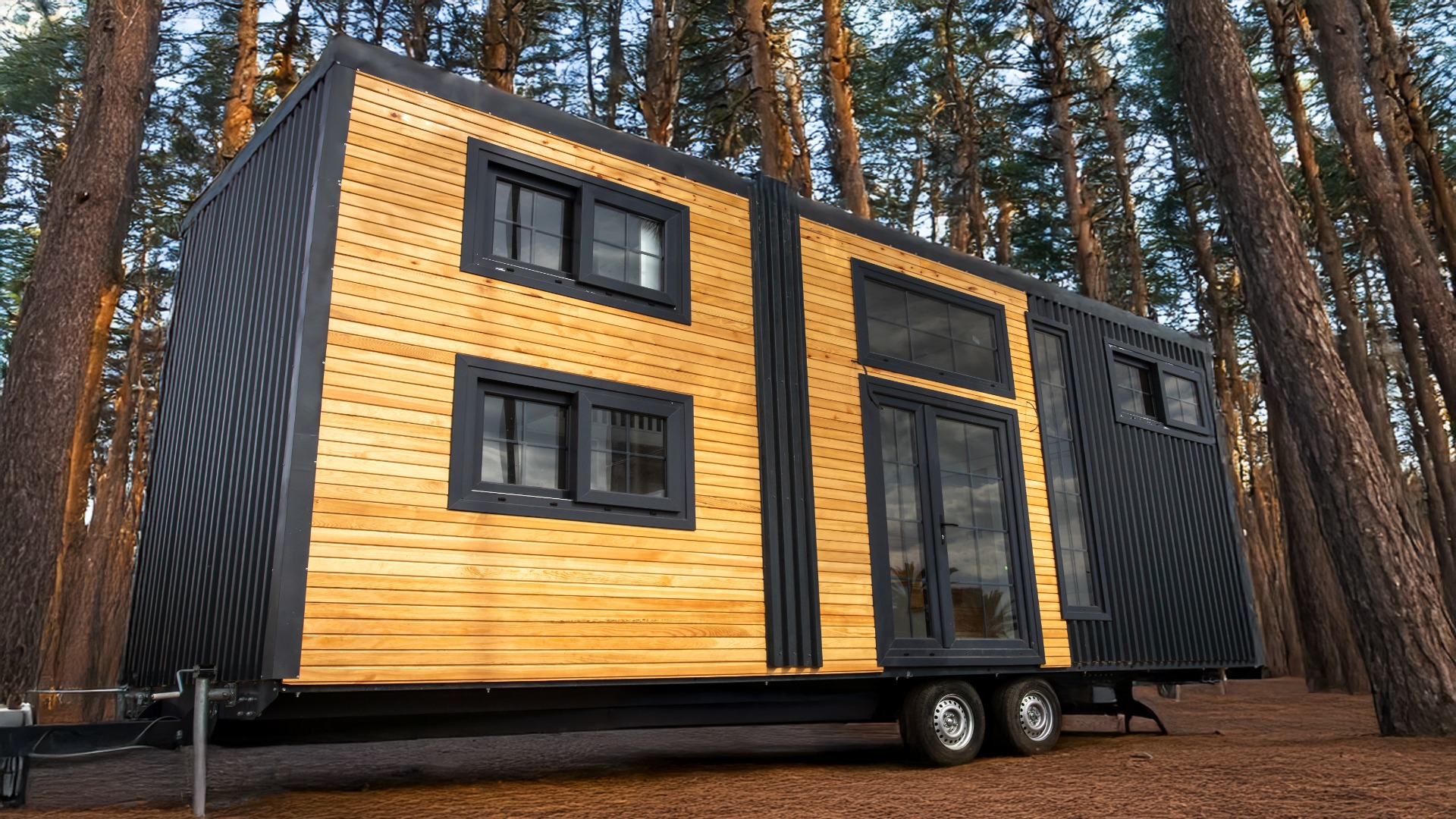
Portable homes are changing how people think about living spaces. These movable dwellings often use fewer resources, take up less space, and can help reduce our environmental footprint. From tiny houses on wheels to floating homes, these innovative designs might be the key to more sustainable living while maintaining comfort and style.
This article is for informational purposes only. Actual costs, performance, and sustainability benefits may differ based on design, location, and materials. Readers should research further and seek professional advice before making decisions.
1. Portable Tiny Homes
Rolling houses under 400 square feet combine minimalist living with mobility. Built on trailers, these compact dwellings encourage owners to downsize possessions and consume less energy.
Many feature solar panels, rainwater collection systems, and composting toilets. The smaller space naturally requires less heating and cooling, potentially reducing your carbon footprint while allowing you to change locations as needed.
2. Shipping Container Homes
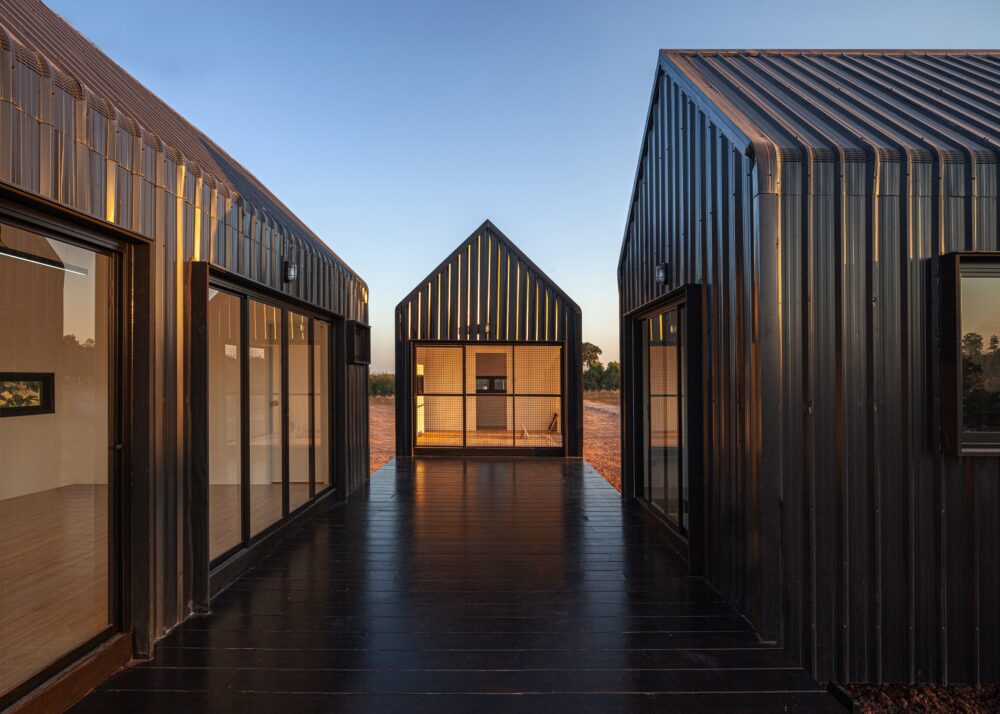
Recycled steel boxes transformed into stylish living spaces offer durability and sustainability. Each repurposed container prevents roughly 3,500 kg of steel from being melted down, saving significant energy.
These modular structures can be stacked, combined, and modified to create spaces ranging from simple studios to multi-room dwellings. Their standardized dimensions make them relatively easy to transport when when relocation becomes necessary.
3. Prefabricated Eco-Pods
Factory-built housing units arrive nearly complete, dramatically reducing construction waste and build time. These efficient pods often incorporate sustainable materials like bamboo flooring, recycled insulation, and low-VOC finishes.
Energy-efficient designs with strategic window placement maximize natural light and ventilation. Many eco-pods can be disassembled and relocated, allowing owners to take their homes with them rather than starting from scratch when moving.
4. Houseboats And Floating Homes
Water-based dwellings offer unique sustainability advantages while providing scenic views. Modern floating homes can incorporate rainwater harvesting systems and solar panels, reducing dependency on land-based utilities.
Living on water encourages mindfulness about resource consumption since storage space is limited. These aquatic abodes adapt naturally to rising water levels, potentially offering resilience against certain climate change impacts while allowing residents to change locations without disturbing natural landscapes.
5. Yurts And Dome Homes
Circular structures inspired by traditional nomadic shelters provide remarkable strength with minimal materials. The rounded shape creates natural air circulation and distributes heating efficiently, potentially reducing energy needs.
Setup typically requires minimal ground disturbance, and many models can be disassembled in hours. Modern versions feature durable fabrics, efficient insulation, and can incorporate solar power systems while maintaining the low-impact, portable nature of their ancient predecessors.
6. 3D-Printed Portable Homes
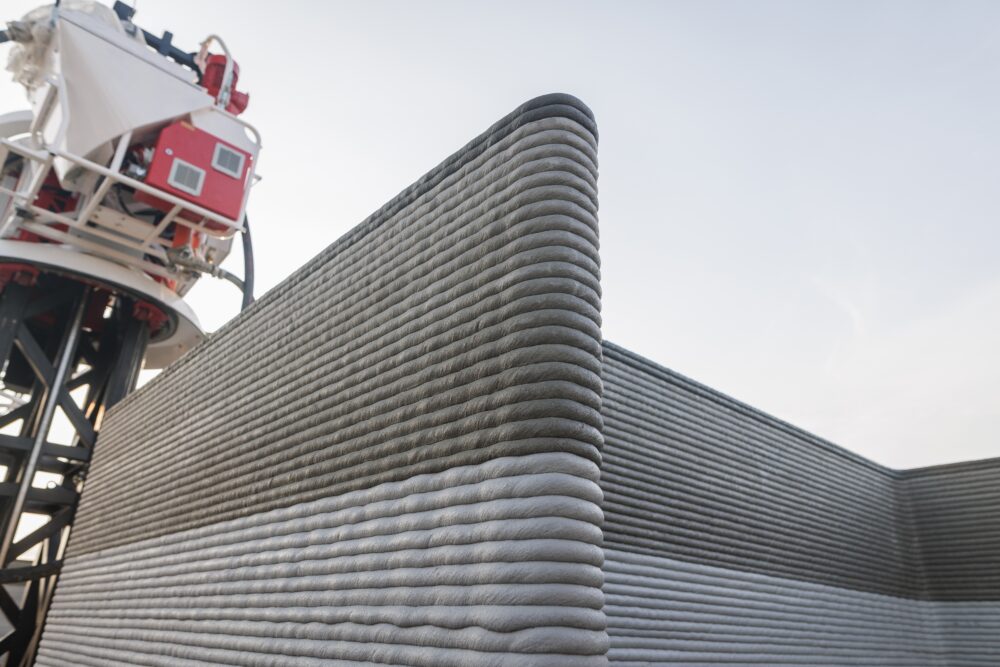
Emerging technology allows houses to be printed using concrete mixtures, sometimes incorporating recycled materials. The precision of 3D printing can reduce construction waste by up to 30% compared to traditional methods.
Designs range from simple emergency shelters to elaborate dwellings with curved walls impossible in conventional construction. Some models feature sections that can be printed separately, transported to different locations, and assembled like building blocks, enabling portable housing options.
7. Solar-Powered Mobile Cabins

Off-grid abodes harness sunshine to power all home systems without external connections. These self-sufficient cabins typically feature advanced battery storage systems and energy-efficient appliances designed for minimal consumption.
Thoughtful design maximizes natural light and ventilation while incorporating super-insulation. The compact footprint and trailer foundation allow owners to relocate with the seasons, potentially optimizing solar gain in winter months while finding shade during summer heat.
8. Camper Vans And Converted Buses
Vehicle transformations create ultra-mobile homes that are compact yet well-equipped. Repurposing existing vehicles extends their useful life while creating unique living spaces that consume significantly less energy than conventional homes.
Creative interior designs maximize every inch with fold-away furniture and multi-purpose spaces. Many conversions incorporate composting toilets, solar panels, and rainwater collection systems, allowing occupants to live comfortably while traveling with minimal environmental impact.
9. Foldable And Expandable Homes
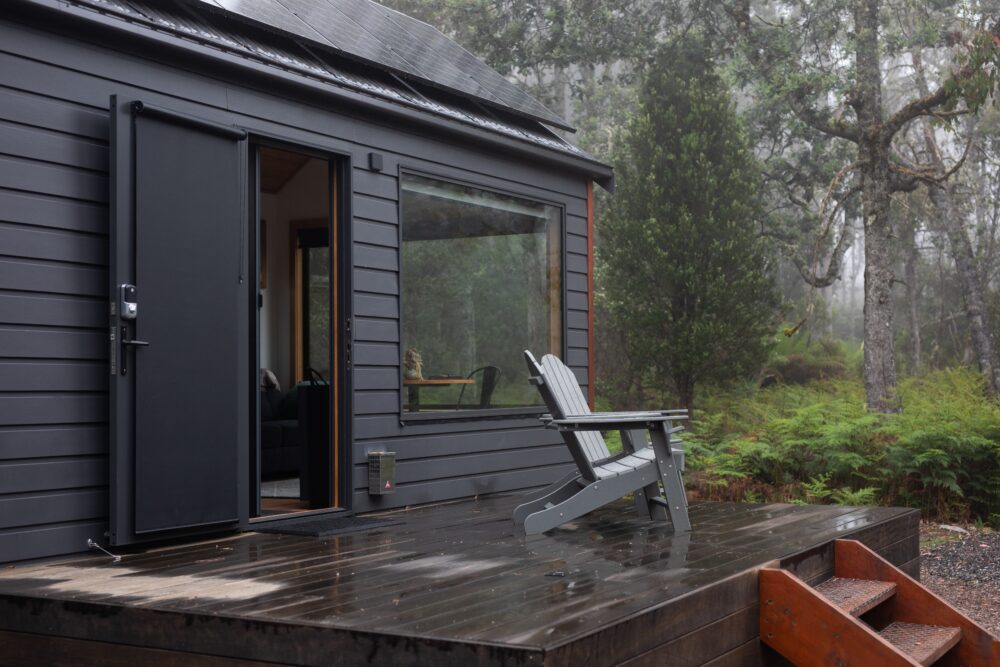
Origami-inspired housing transforms from compact transportation mode to spacious living quarters. These ingenious designs can expand to three times their transport size, offering surprisingly comfortable accommodations while requiring minimal fuel for relocation.
Construction typically uses lightweight, durable materials with excellent insulation properties. Some models can be set up in hours without heavy equipment, making them ideal for remote locations where traditional construction would disturb fragile ecosystems.
10. Modular Container Villages
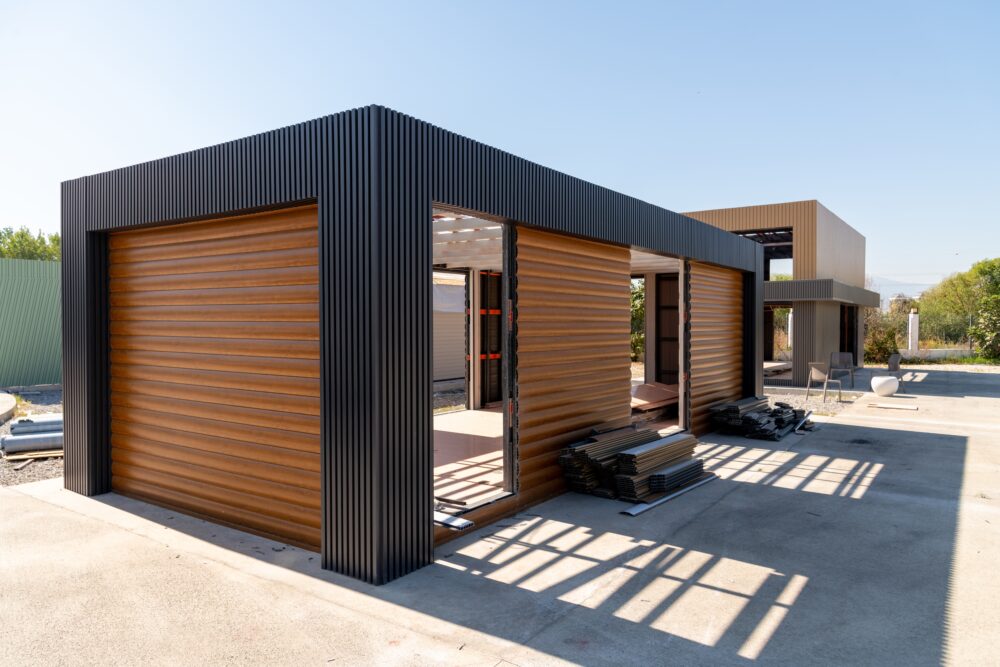
Community-focused developments combine individual portable units into vibrant neighborhoods. Shared resources like gardens, workshop spaces, and renewable energy systems create economies of scale that make sustainable living more affordable.
Container modules can be added, removed, or rearranged as community needs evolve. This flexibility allows villages to grow organically without the waste of demolition, potentially creating sustainable communities that can adapt to changing environmental and social conditions.
11. Portable Luxury Eco-Homes
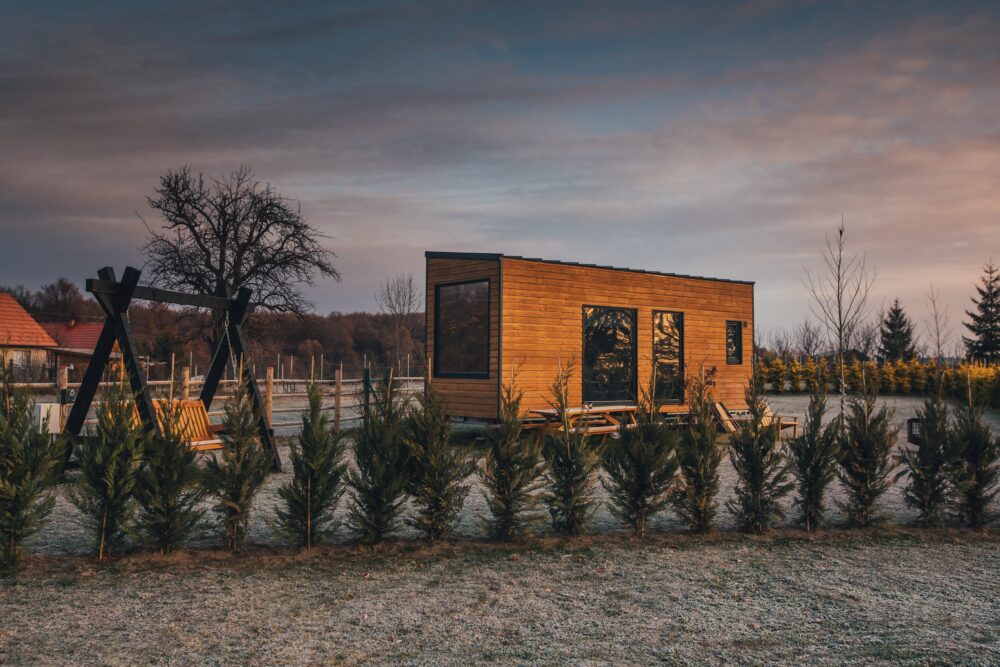
High-end sustainable living proves green choices can combine sustainability with modern comfort. These sophisticated dwellings incorporate cutting-edge technology like transparent solar glass, advanced water recycling systems, and smart home automation for optimized resource use.
Premium sustainable materials like reclaimed wood flooring and recycled metal fixtures create beautiful interiors. Despite luxury appointments, these homes maintain their portable nature through modular construction methods, allowing them to be moved when desired without losing their refined character.

